Before presenting this two-in-one art lesson plan to your students, share some interesting info about the amazing peacock. Here are 10 of our favorite peacock fun facts!
10 Peacock Facts
- Peacocks are native to parts of Asia and Africa.
- The males of the species are called peacocks, the females are peahens, and the babies are peachicks. The actual name of the species is peafowl, though colloquially, they are all called peacocks. A group of peacocks has many names, often depending on the nature of the group, but the most common are ostentation, pride, or muster.
- The peacock’s tail is called a train and can grow up to 6 feet long. Only the male has the flashy train, but it doesn’t show up until he’s about three years old.
- The feathers of a peacock’s train include ocellus, or eyespots, that appear iridescent when the sunlight hits them. This bold feature is crucial to the peacock’s mating ritual when he fans his feathers to attract a peahen.
- Peacocks shed their entire train every year. This allows collectors to retrieve the beautiful feathers without harming the peacock.
- Peacocks can actually fly—just not very far. They only fly around 2% of the time, mainly to avoid predators while moving from roosting spots.
- Peafowl in the wild can live 10 to 25 years, but domestic peafowl have been known to live 40 to 50 years.
- In medieval times, peacocks were eaten as a delicacy and status symbol. But they didn’t taste very good and were described as tough and stringy.
- Peafowl will eat just about anything, from plants and flowers to reptiles, amphibians, small mammals, and small bugs.
- The ancient Greeks saw peacocks as a symbol of immortality. Because their plumage sheds and regrows each year, they were strongly associated with resurrection and renewal and a sign of royalty and power.
Watercolor Peacock Lesson
Now that you’ve piqued their peacock interest, you can present this lesson plan!
Click Here for the Free Marbled Watercolor Peacock Lesson Plan
We’ve included step-by-step instructions for creating marbled paper. Foam paint bottles are a nifty alternative to working with shaving cream and produce beautifully colored paint foam that is easy to manipulate. After the paper is marbled and dried, your students will then cut, fold, and attach paper pieces to create a paper peacock. Suitable for grades K-12.

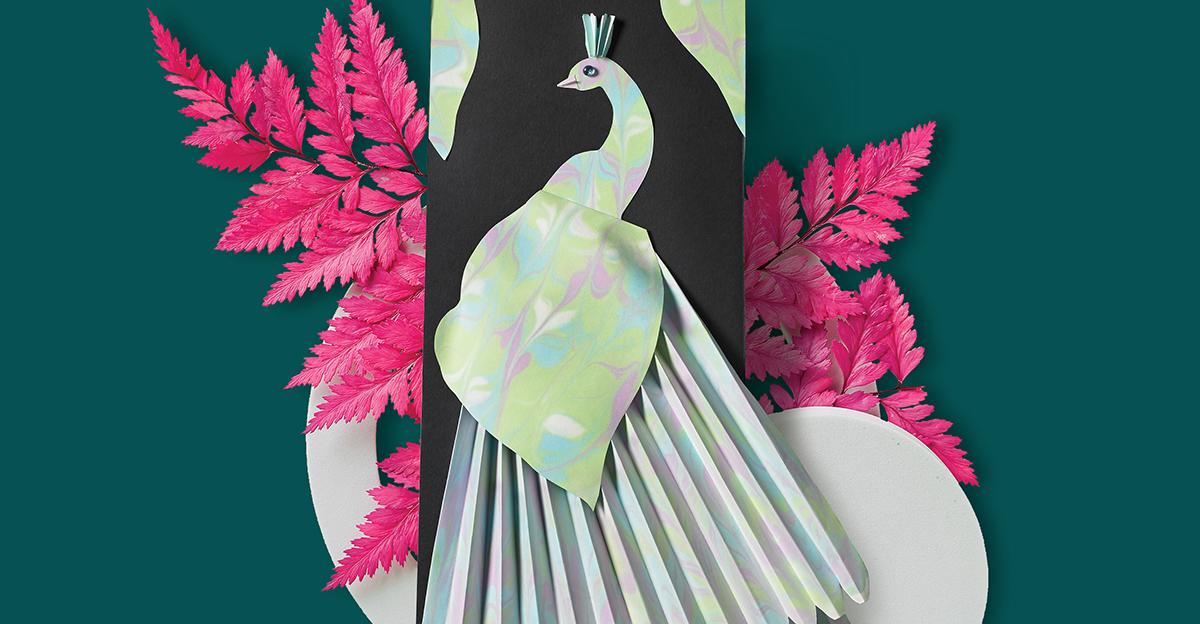
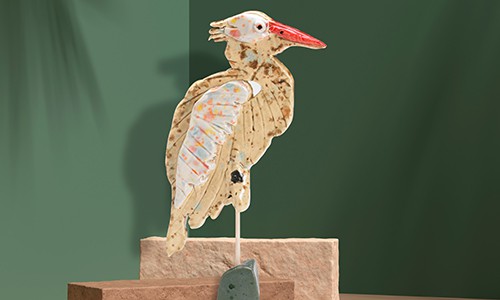
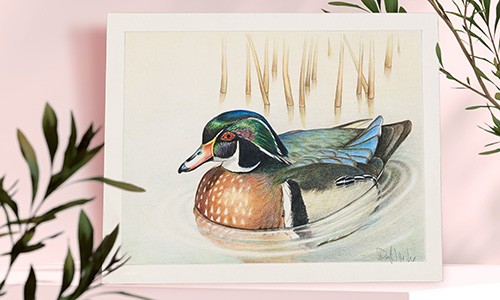
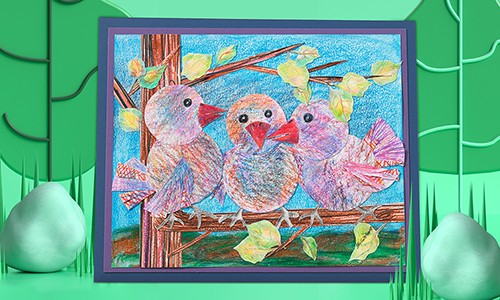

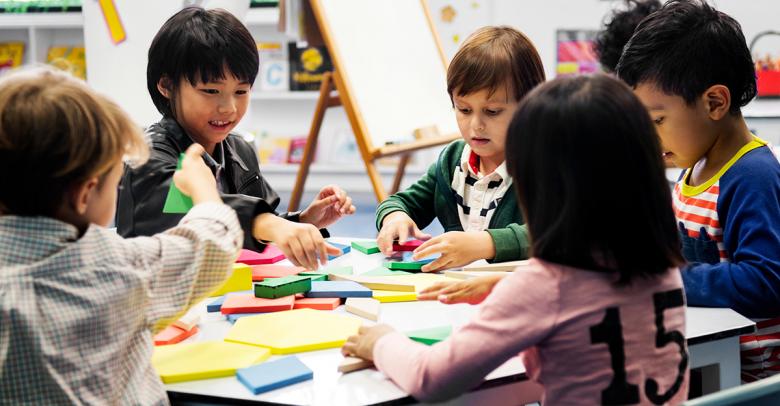
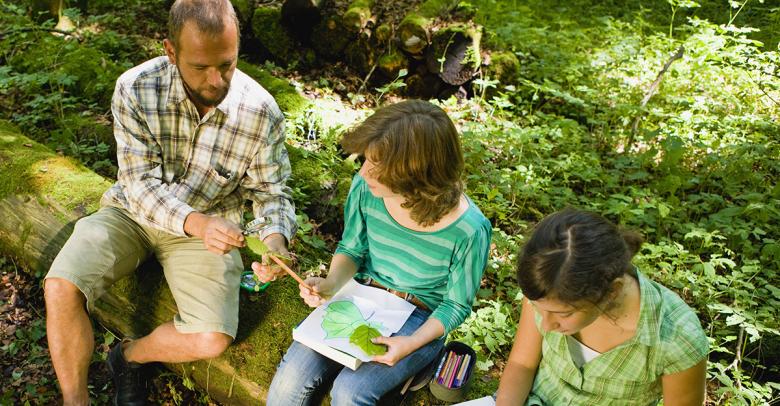

Leave a Reply